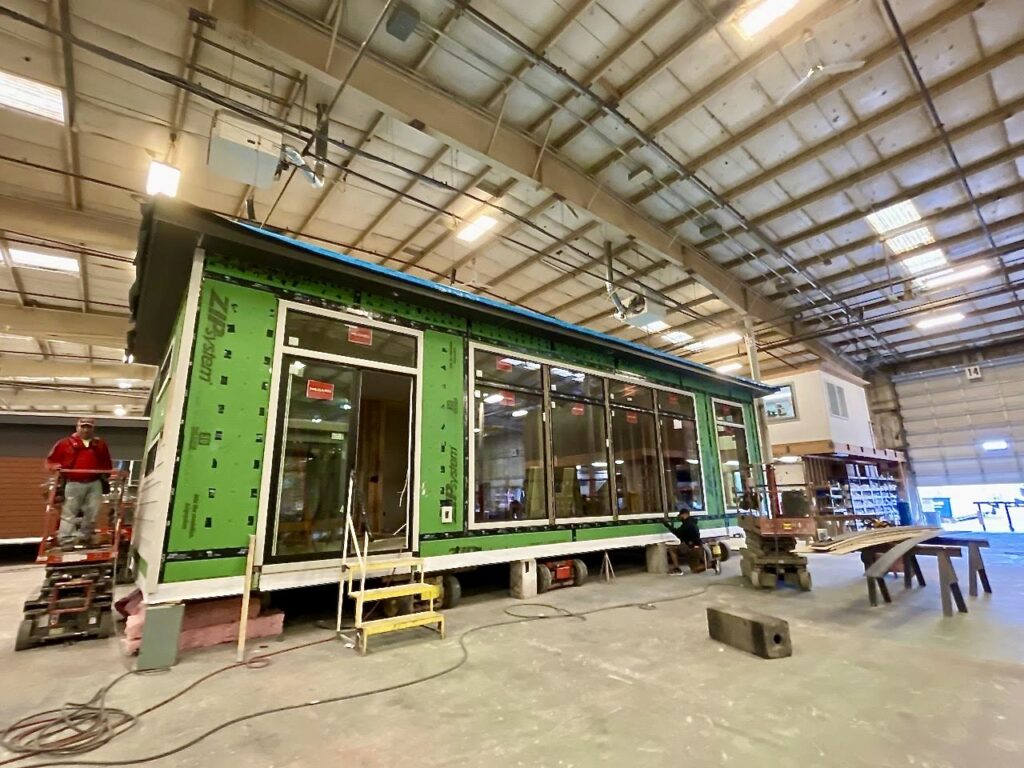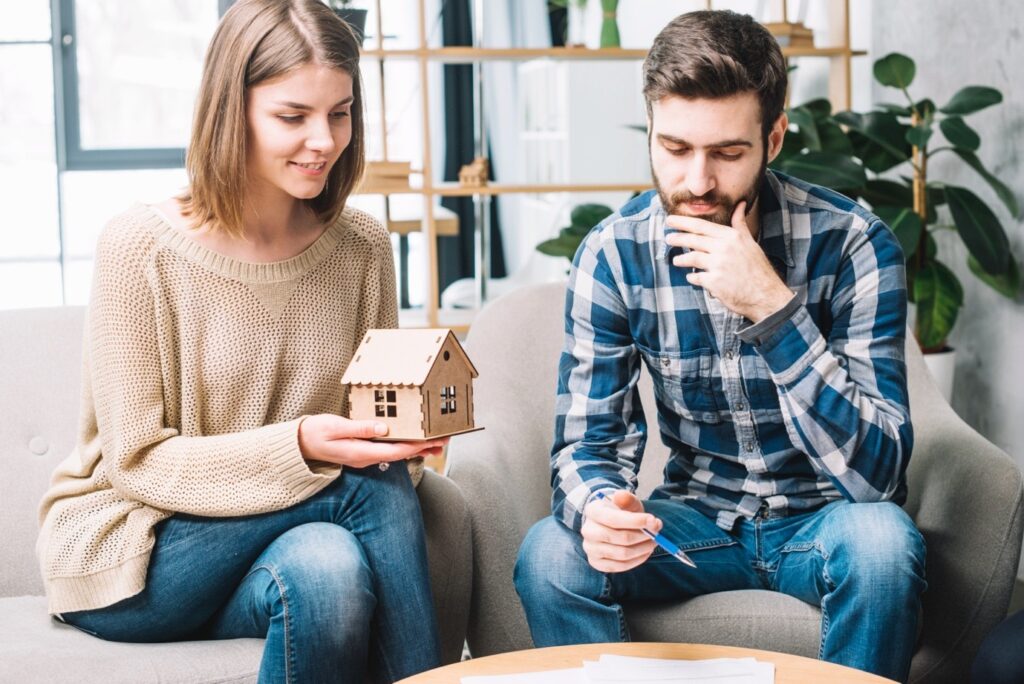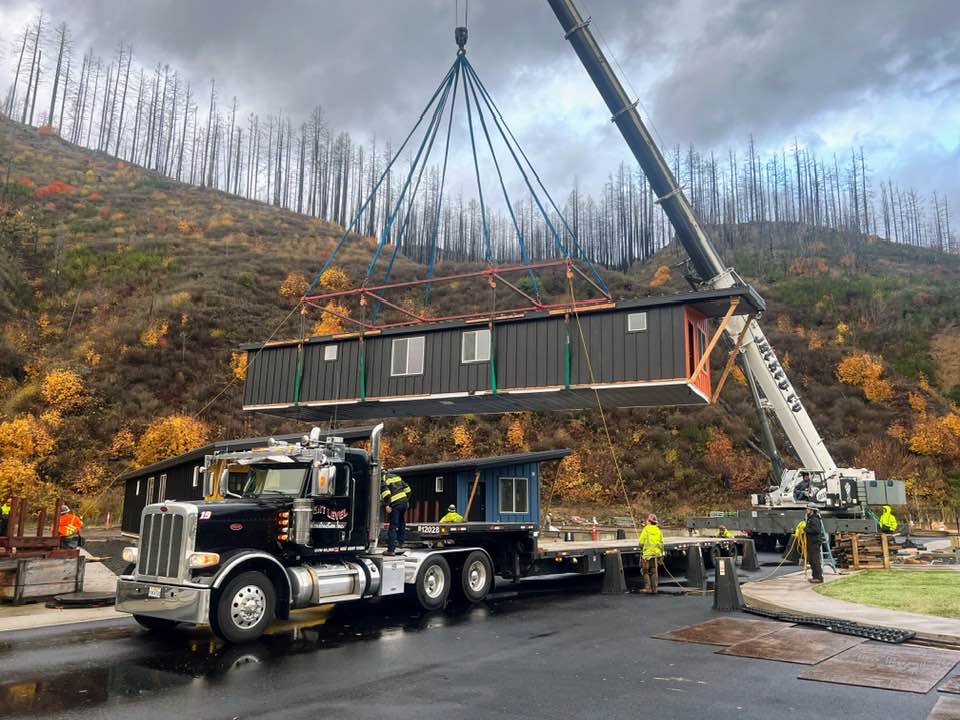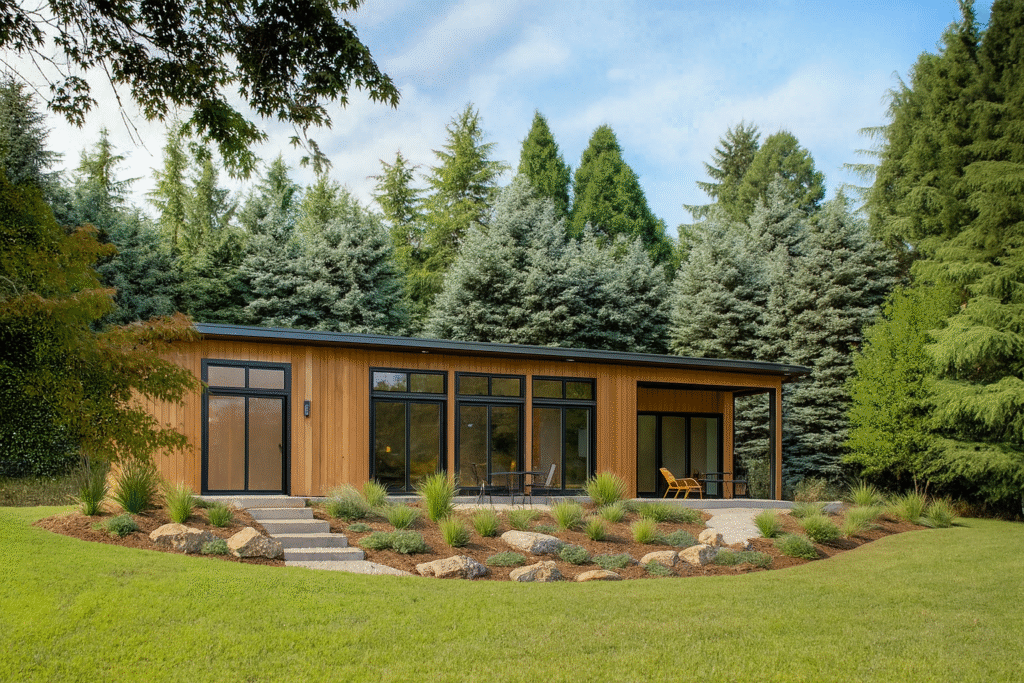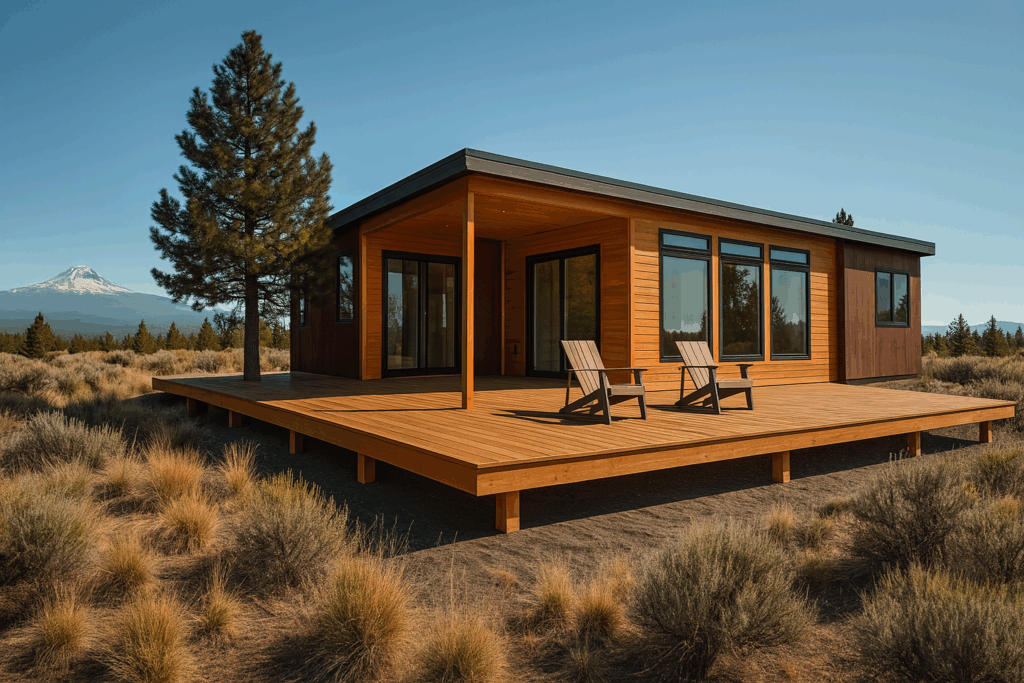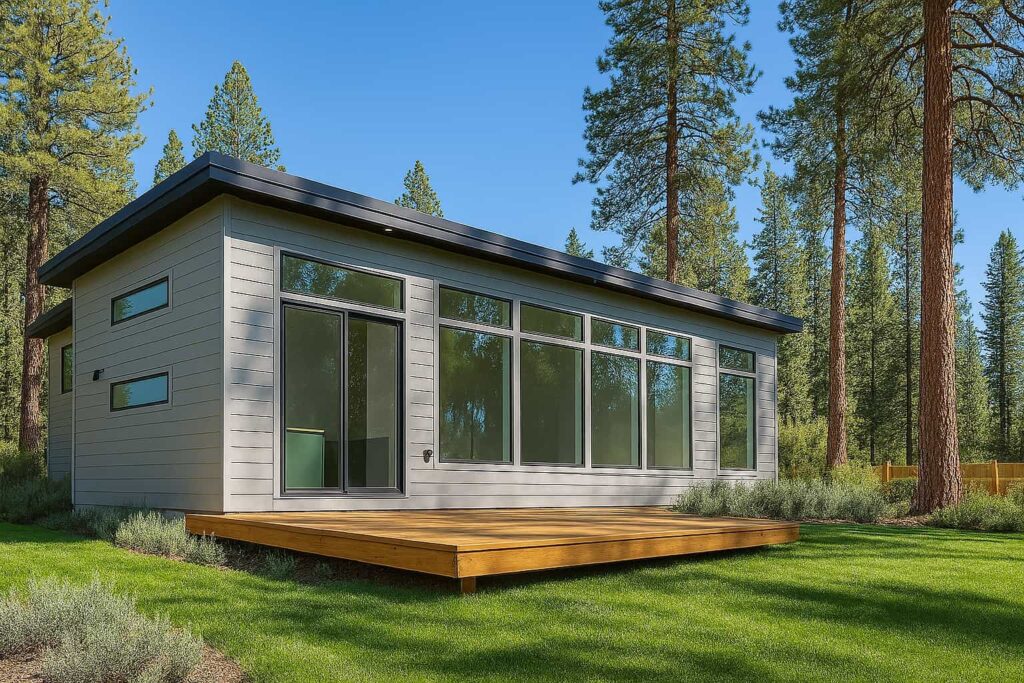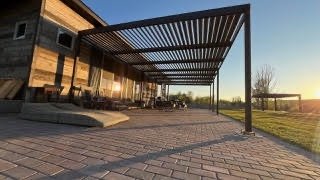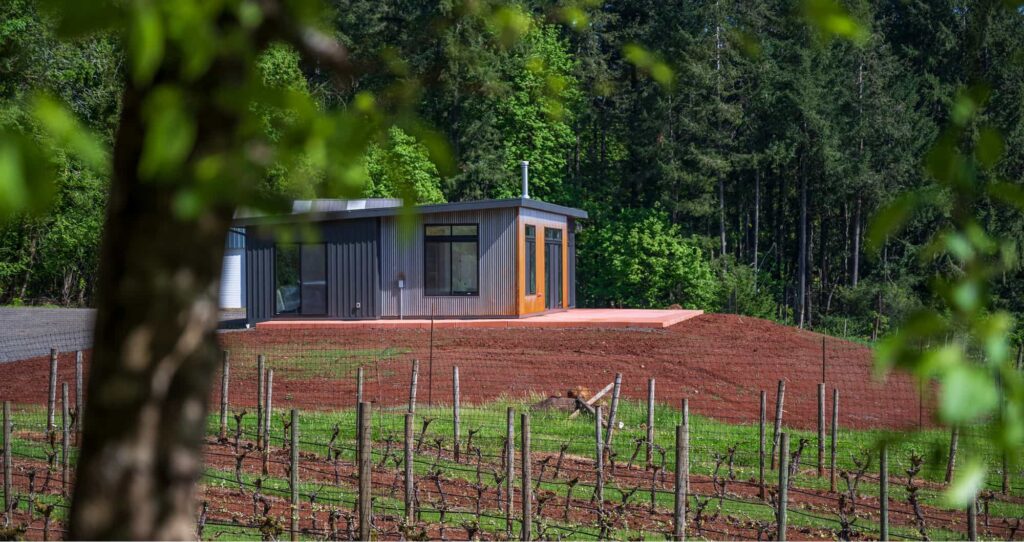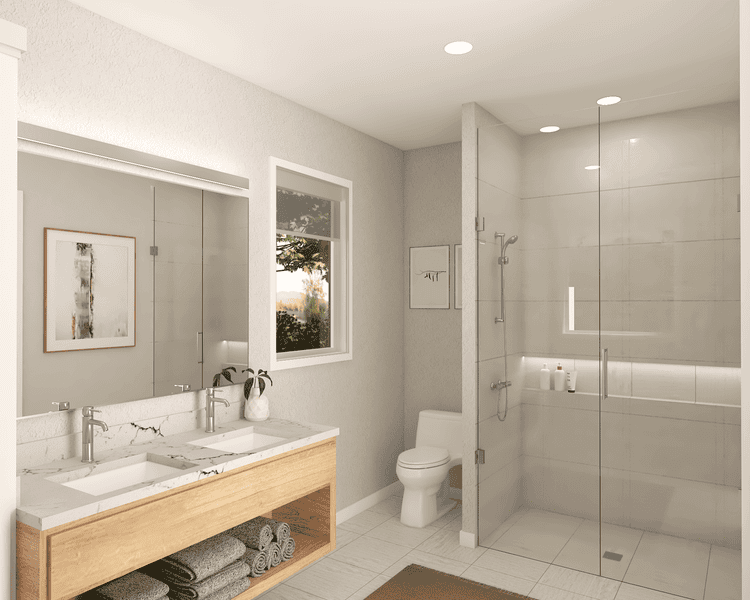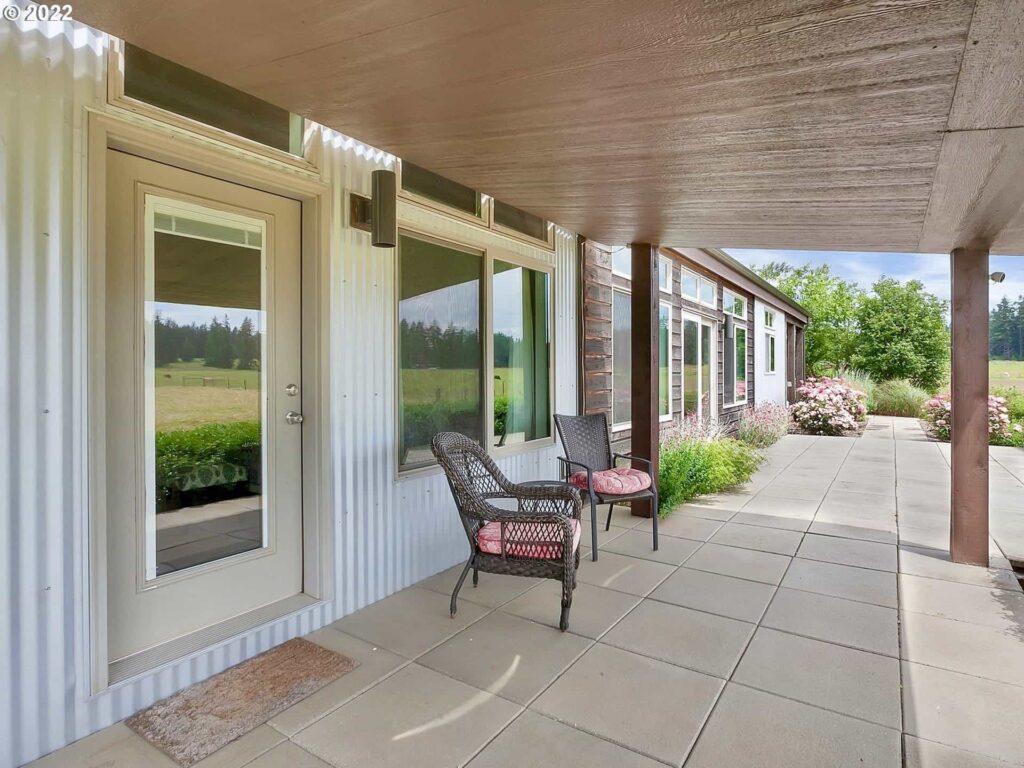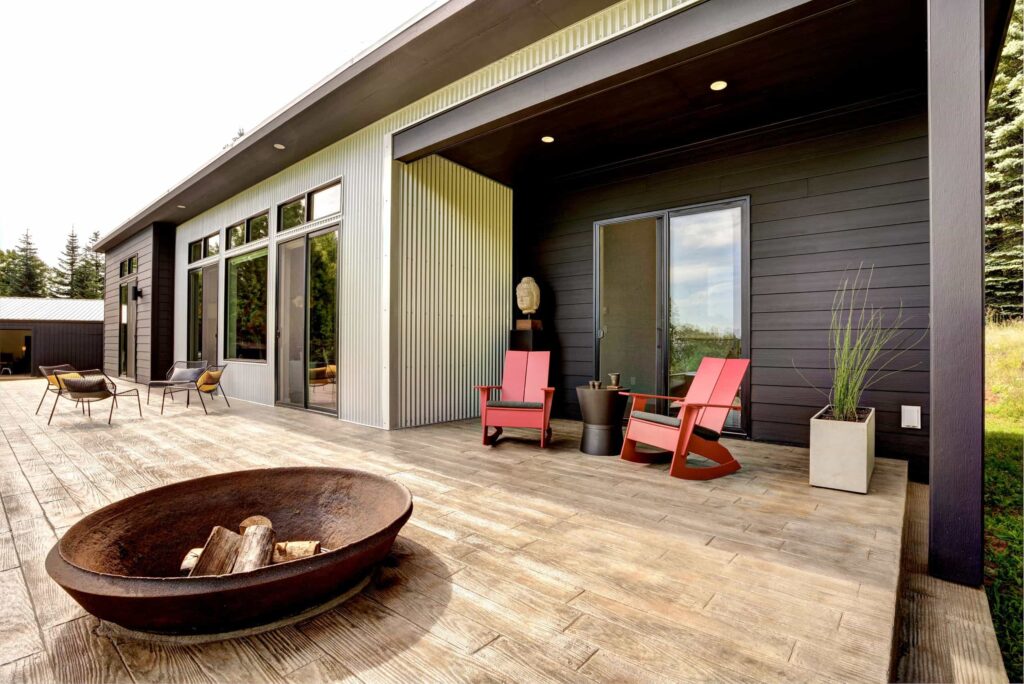Prefab Homes and Sustainability – Eco-Friendly Living
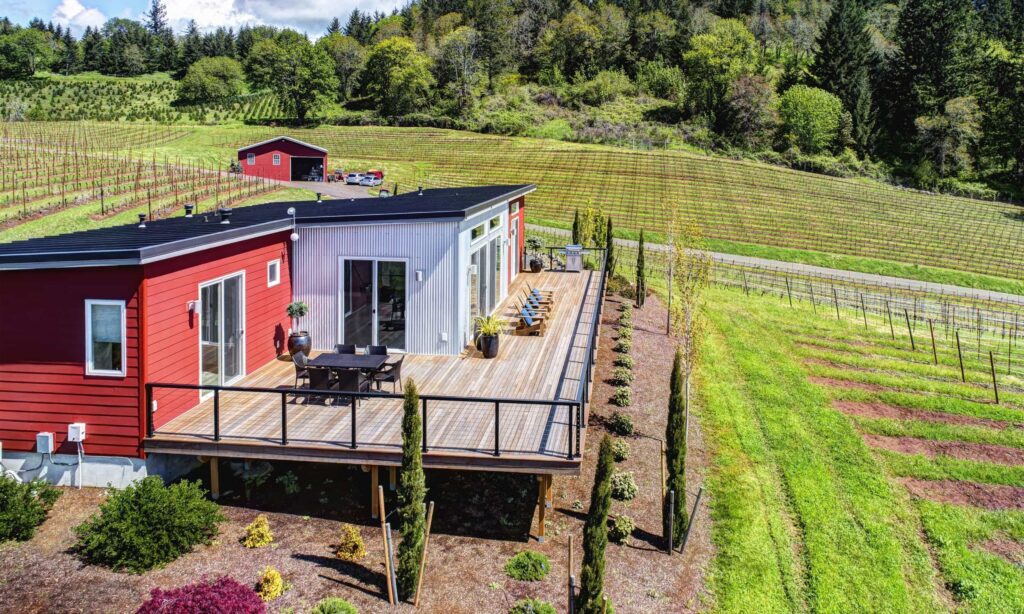
This article explores how modern prefab homes combine sustainability, energy efficiency, and smart design to reduce environmental impact while offering stylish, cost-effective living solutions. From eco-conscious materials to innovative building methods, prefab living represents the future of environmentally responsible housing.
What you’ll learn:
- How prefab construction reduces waste and site disturbance
- Energy-saving features like insulation and efficient windows
- The role of sustainable materials in greener living
- Benefits of smaller footprints and adaptable layouts
- How prefab homes integrate smart and renewable energy solutions
- Why prefab homes are central to the future of eco-friendly design
Imagine living in a stylish, energy-efficient house that is designed and built to reduce environmental impact and save you money. Sounds too good to be true? Well, modern prefab homes or prefabricated homes are making this dream a reality. Prefab homes are gaining popularity as a sustainable and eco-friendly living solution, addressing many of the challenges faced by traditional construction methods.
In this article, we will delve into the world of modern prefab homes, explore their benefits, and learn how they contribute to a more sustainable lifestyle.
What are Modern Prefab Homes
Modern prefab homes are residences that are built off-site in a factory and then transported and placed on the homeowner’s prepared site. These homes are also referred to as modular homes, factory-built homes, or prefab homes.
The Sustainability Advantage
Prefab homes are becoming increasingly popular, particularly among environmentally conscious homeowners. They offer several benefits that contribute to a more sustainable lifestyle, such as:
1. Reduced Construction Waste:
Traditional construction methods can generate a significant amount of waste, from excess building materials to packaging. Prefab homes are built in a controlled factory environment, where materials are precisely measured and waste is minimized. This not only reduces the environmental impact but also saves on construction costs.
2. Energy Efficiency:
Modern prefab homes are designed with energy efficiency in mind. They are often built with better insulation, energy-efficient windows, and tight construction that minimizes drafts and air leaks. This results in reduced energy consumption and lower utility bills for the homeowner.
3. Sustainable Materials:
Many prefab home builders are committed to using eco-friendly building materials like sustainably harvested wood. These materials not only contribute to a healthier living environment but also help preserve natural resources.
4. Smaller Footprint:
Prefab homes can be designed to maximize space efficiency, resulting in smaller homes with a reduced environmental footprint. Smaller homes require less energy to heat and cool, and they encourage a more minimalist lifestyle, reducing the overall consumption of resources.
5. Adaptability:
Modern prefab homes are designed to be easily modified or expanded, allowing homeowners to adapt their living space to their changing needs without having to resort to a costly and environmentally harmful demolition or major renovation.
6. Reduced Site Disturbance:
Traditional construction methods can cause significant damage to the building site, including soil erosion, loss of vegetation, and disruption of natural habitats. Prefab homes require less on-site work, which minimizes the disturbance to the surrounding environment.
The Future of Eco-Friendly Living
The growing demand for sustainable housing solutions is driving innovation in the prefab home industry. Architects and designers are continually pushing the boundaries of what is possible with prefabricated homes, creating cutting-edge designs that showcase the potential of this construction method. Some exciting developments in the world of prefab homes include:
1. Smart Home Technology:
Modern prefab homes can be easily outfitted with the latest smart home technology, allowing homeowners to control lighting, heating, and other systems more efficiently, further reducing energy consumption.
2. Net-Zero Homes:
The ultimate goal for sustainable living is to achieve a net-zero home, which produces as much energy as it consumes. Modern prefab homes are well-positioned to achieve this goal, thanks to their energy-efficient design and the ability to incorporate renewable energy sources.
3. Collaborative Design:
Prefab home manufacturers are increasingly partnering with architects and designers to create custom, high-end homes that meet the unique needs of their clients. These homes often incorporate cutting-edge design, sustainable materials, and energy-efficient systems, creating a truly bespoke living experience.
Conclusion
Modern prefab homes are changing the way we think about sustainable living. They offer numerous advantages, from reduced waste to energy efficiency, and they can be customized to meet the unique needs of the homeowner.
As the demand for sustainable housing solutions continues to grow, prefab homes are poised to become an increasingly popular choice. Whether you’re looking to reduce your environmental impact, save money on utility bills, or create a bespoke living space, modern prefab homes offer a compelling solution that is worth considering. So why not join the growing number of homeowners who are embracing the future of sustainable living with a modern prefab home?
Are you ready to experience the convenience and style of modern prefab homes in Oregon? Look no further than ideabox! Our expert team designs and builds custom prefab homes tailored to your lifestyle.
Whether you are looking for a compact ADU or a spacious family home, we have the expertise to create your perfect living space. With our efficient building process, your home will be ready in a fraction of the time it takes for traditional construction.
Let us start building your dream home! Contact us today to learn more about our innovative designs!
Frequently Asked Questions About Prefab Homes and Sustainability
Modern prefab homes are built off-site in a factory and then transported to the prepared home site. You may also see them called modular homes or factory-built homes. This controlled process streamlines construction compared to traditional on-site methods while keeping the final result stylish and energy-efficient.
Prefab homes are produced in a controlled factory setting where materials are precisely measured, so construction waste is minimized. Because there’s less on-site work, there’s also reduced disturbance to the surrounding environment—less soil erosion, less vegetation loss, and fewer disruptions to local habitats.
Energy efficiency is built into the design: better insulation, energy-efficient windows, and tight construction that limits drafts and air leaks. These choices help cut energy consumption and can lower utility bills while supporting a more sustainable lifestyle.
Yes. Many builders prioritize eco-friendly materials—such as sustainably harvested wood—that support a healthier living environment and help conserve natural resources.
Absolutely. Prefab designs are adaptable: they can maximize space with a smaller footprint today and be modified or expanded later as needs change. That flexibility helps you avoid costly, disruptive renovations.
Modern prefab homes are well-suited to smart home integrations that make controlling lighting, heating, and other systems more efficient. With their energy-efficient design—and the ability to incorporate renewable energy sources—prefab homes are positioned to pursue net-zero living, producing as much energy as they consume.
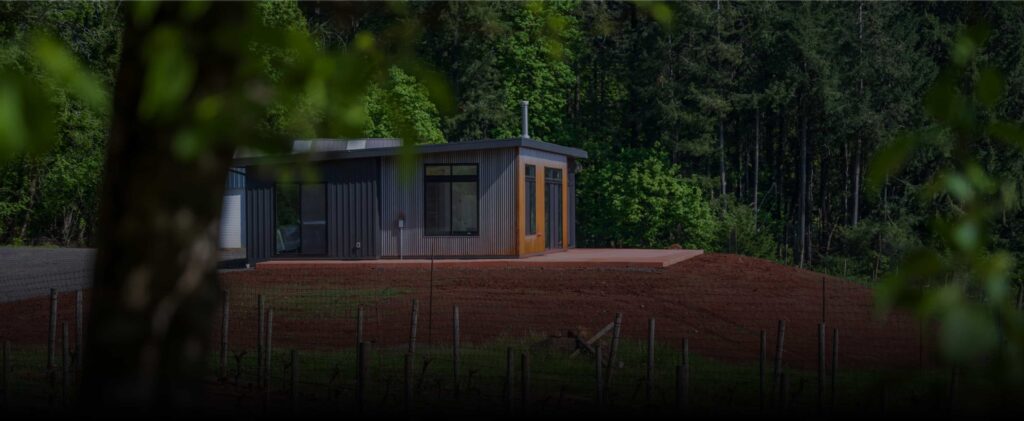
Let’s Build Something Great Together
Whether you’re ready to start planning or just want to explore options, we’re here to help. Let’s talk about your future home today.
